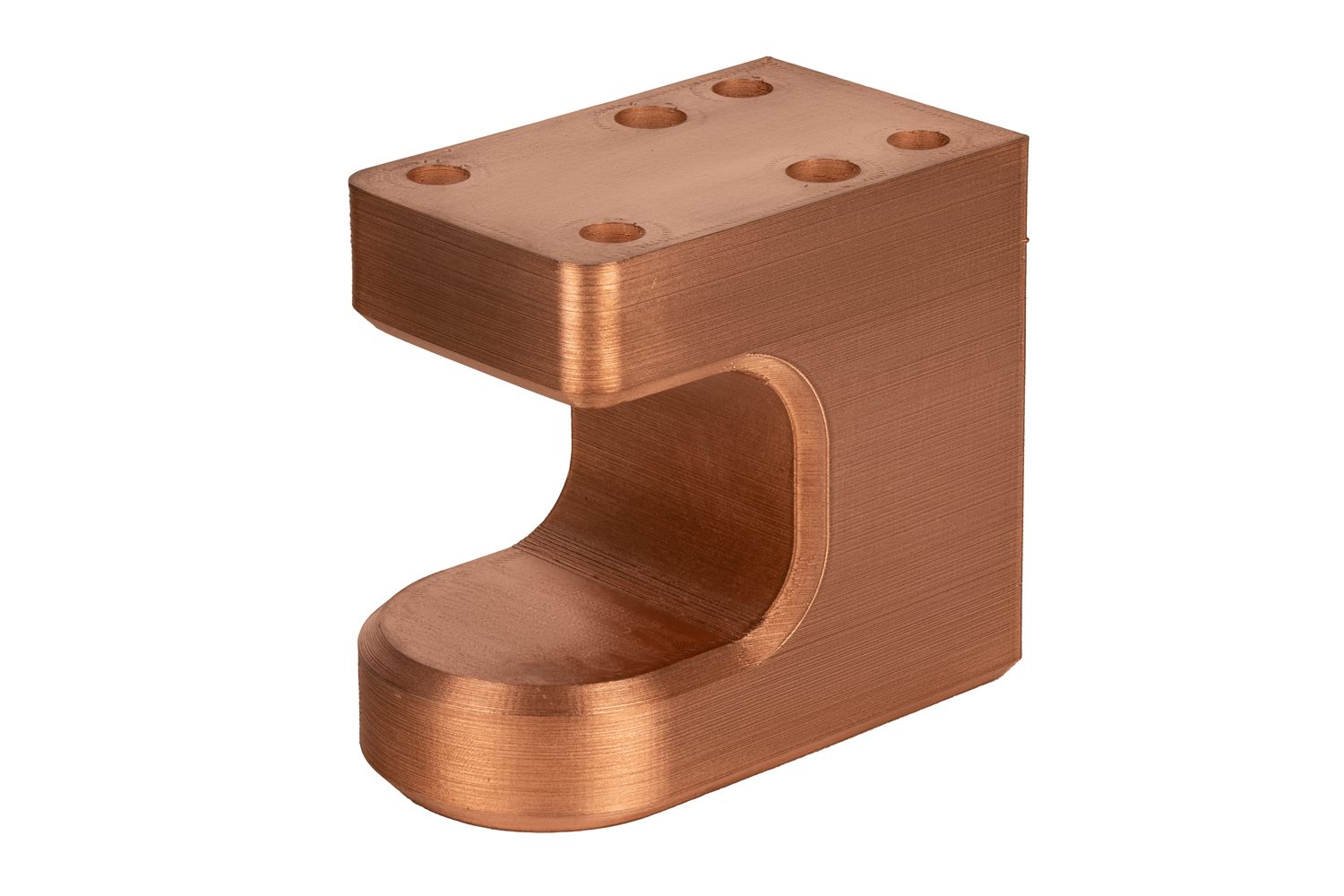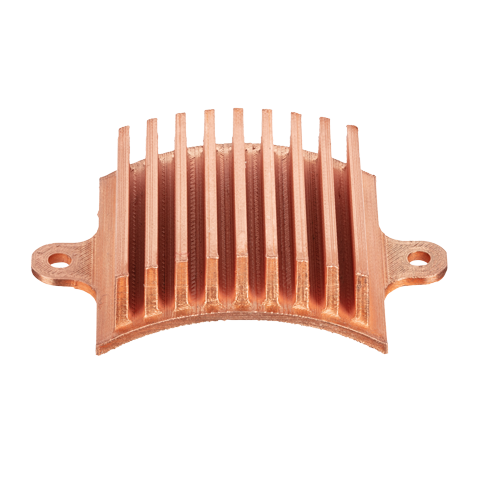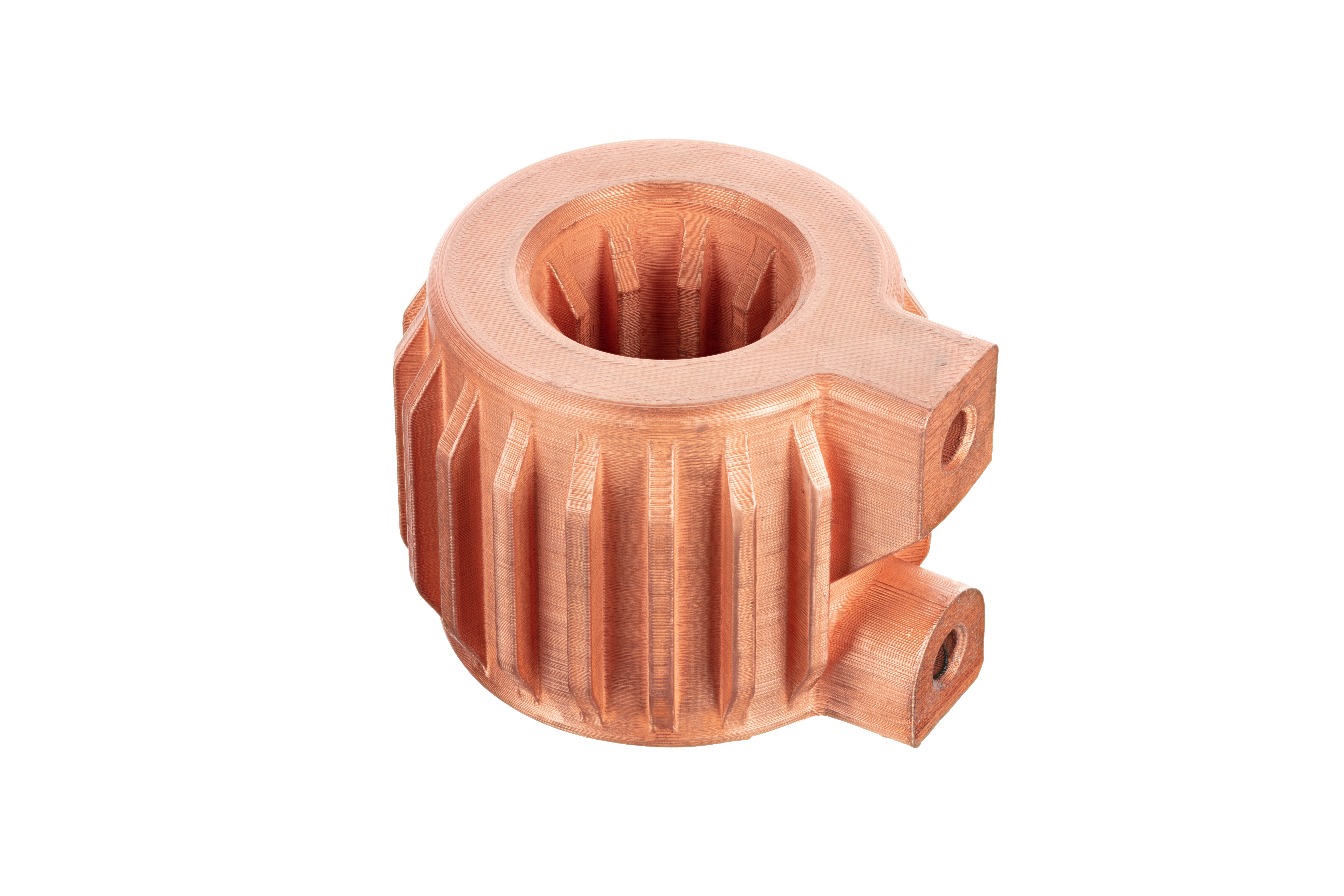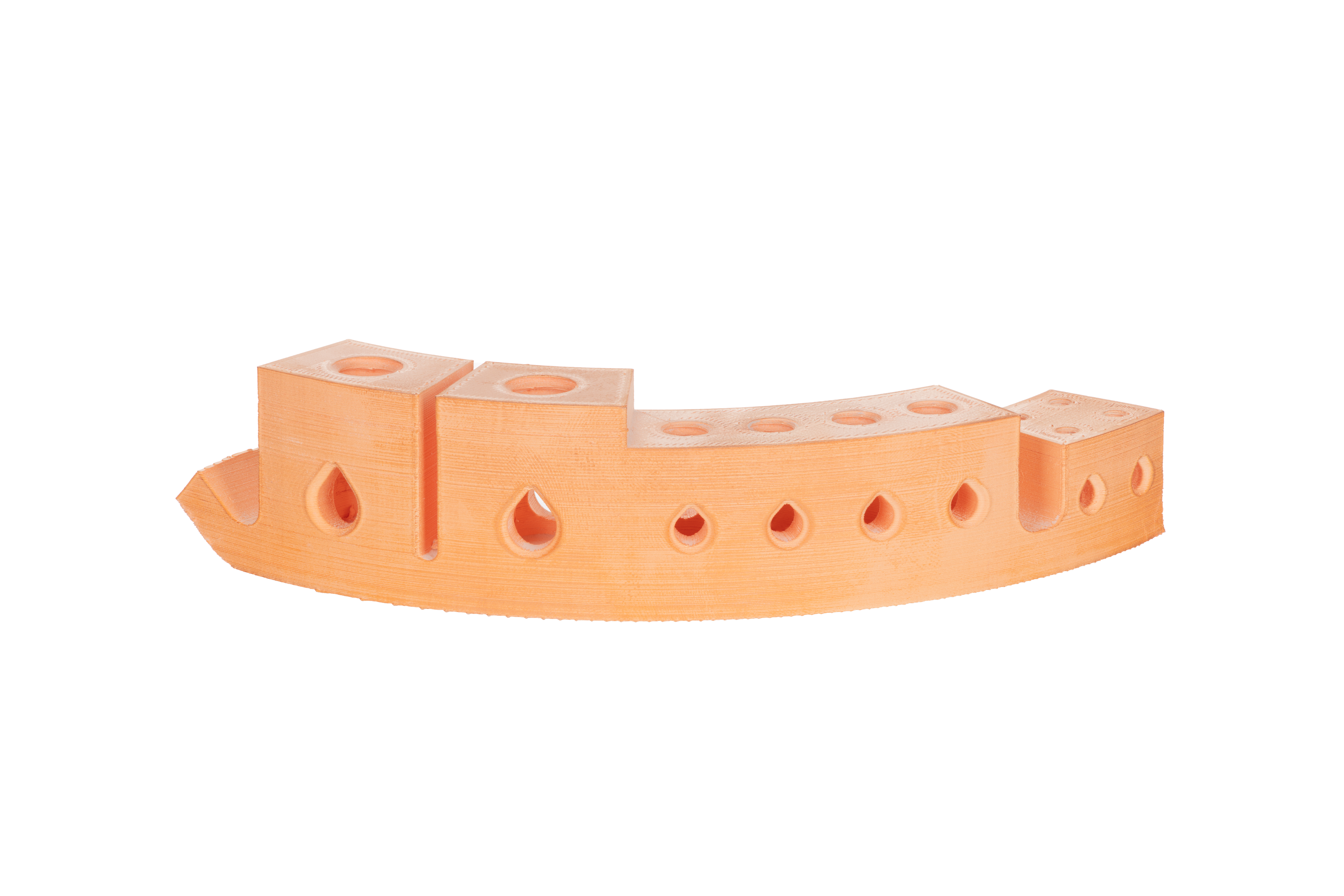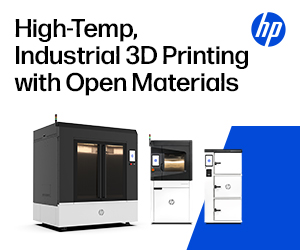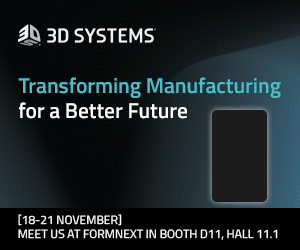Desktop Metal has announced the latest material for its Studio System metal 3D printer: pure copper. This is a significant development for the product line, as it enables the production of unique copper parts using a comparatively low-cost desktop 3D printing system. As we’ve discussed before, copper represents a significant opportunity in the 3D printing industry for its use as a good conductor of heat and electricity. This has seen the metal become ubiquitous in electronics and highly used for the production of heat exchangers and induction coils.
Copper is a unique material in the 3D printing space, as it is difficult to 3D print using the most widespread metal 3D printing technology, powder bed fusion. This is because the material’s high reflectivity, which leads to low energy absorption and, thus, requires higher energy output from the laser or electron beam. This, in turn, can cause splattering and other issues that can result in poor part quality or machine damage. One of the methods used to counteract this problem has been the 3D printing of copper alloys, such as chromium zirconium copper, which reduces the desired properties of the material, such as heat and electrical conductivity.
For this reason, this development for Desktop Metal is an interesting one. The company’s Studio System relies on an extrusion-based process not unlike fused deposition modeling to 3D print a part made up of metal powder within a polymer binder. The binder is then removed in a chemical debinding process before the item is placed in a furnace for sintering.
Jonah Myerberg, CTO and co-founder of Desktop Metal, said of the news:
“Known for its excellent thermal and electrical conductivity, copper is a highly desired material for a variety of industries and applications, such as heat exchangers and electrical components for heavy industries to consumer products. Whether for heat sinks, electrical motor and power grid components, or resistance welding electrodes, 3D printed copper on the Studio System is an ideal choice for manufacturing parts featuring complex geometries.”
The company has 3D printed demonstrator pieces for the material for various applications in different verticals. For manufacturing, Desktop Metal has produced an electrode holder that can be used to secure electrodes in place during resistive nut welding. The part highlights the benefits of 3D printing by incorporating internal conformal cooling channels, which makes it possible to more quickly remove heat from electrodes, resulting in a better weld and greater part longevity.
For the automotive sector, the company 3D printed a heat sink, necessary for heat dissipation in electric motors. In this case, the part conforms to the shape of the motor, allowing for more efficient heat distribution. The fins on the part would be difficult to machine, but do not pose a problem for 3D printing.
A helical heat exchanger was 3D printed to demonstrate the possibilities for chemical processing, as the internal helical channels only possible with 3D printing allow for cooling fluid to flow through it. A bus bar for local high current power distribution was also 3D printed for the energy sector. Internal channels allow the bar to cool more quickly when power is being transferred. Without 3D printing, this item would have to be assembled from multiple individual components.
Just as Desktop Metal does not have a monopoly on this type of bound metal printing, it also does not have a monopoly on pure copper for bound metal printing (worth noting here that “bound metal printing” is meant to be a generic term for this type of process distinct from Desktop Metal’s trademarked “bound metal deposition”). Earlier this year, Markforged announced the availability of copper for its own bound metal printing technique that is similar enough to Desktop Metal’s that there was a lawsuit over the technology.
Regardless of whose equipment one buys, these developments certainly lower the barrier to entry for 3D printing with copper, opening up a range of possibilities. In addition to the applications already noted here, copper 3D printing is widely used for the production of induction coils and, due to the COVID-19 pandemic, we have seen it applied to antimicrobial products, as well, such as ExOne’s copper filters. Altogether, this has led to increased overall use of copper in the 3D printing industry, with the “Copper Additive Manufacturing 2020–Market Database and Outlook” report from SmarTech Analysis projecting that the segment over 1.4 million kilograms of copper powder, both pure copper and copper alloys, will ship for AM use by 2029.
Subscribe to Our Email Newsletter
Stay up-to-date on all the latest news from the 3D printing industry and receive information and offers from third party vendors.
Print Services
Upload your 3D Models and get them printed quickly and efficiently.
You May Also Like
Snapmaker Secures Series B Backed by Xiaomi Founder’s Network and China’s Investment Elite
Desktop 3D printer manufacturer Snapmaker has gotten a series B round. The round is led by Hillhouse Ventures and Meituan. Cowin Capital and Orient Securities Capital dipped in for another round,...
Registration Rates for Additive Manufacturing Strategies 2026 Increasing This Week
It may not seem like it, but February is right around the corner, and that means it’s almost time for our 9th annual Additive Manufacturing Strategies event. Returning to New...
LEGO’s First Mass-Produced 3D Printed Element Is Now in Stores in a New Holiday Set
Back in September, 3DPrint.com reported that LEGO was preparing to release its first mass-produced 3D printed element inside an upcoming LEGO Christmas set. At the time, details were limited to...
Formnext 2025: Day Three: We Are the Champignons
Closing out the Champ bar and sitting in the lobby of the Marriott is perhaps not the most healthy of pastimes. Consuming a tower of mini burgers pinned to chicken...


